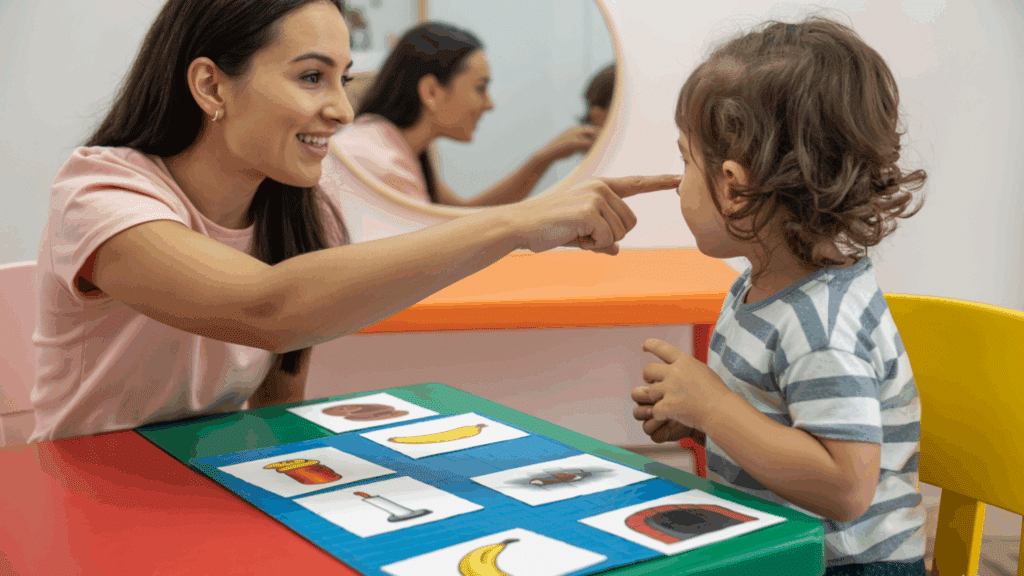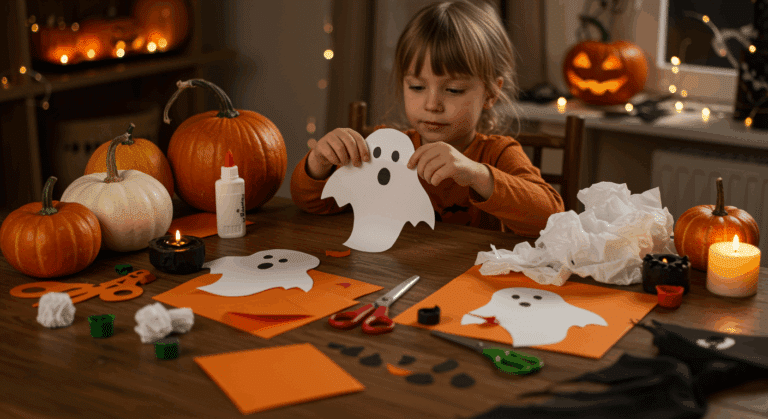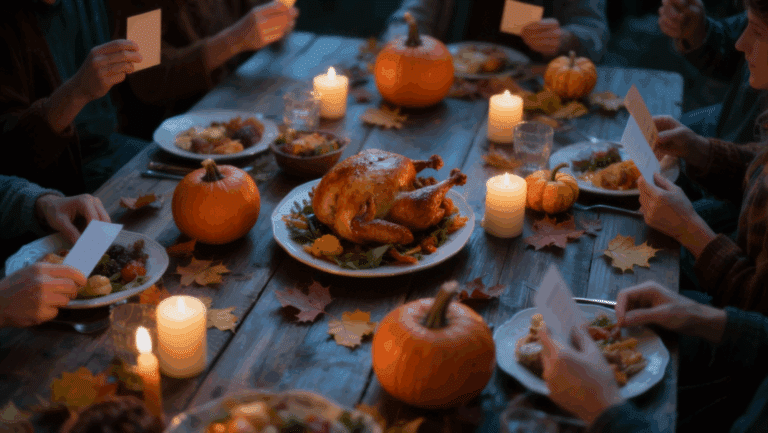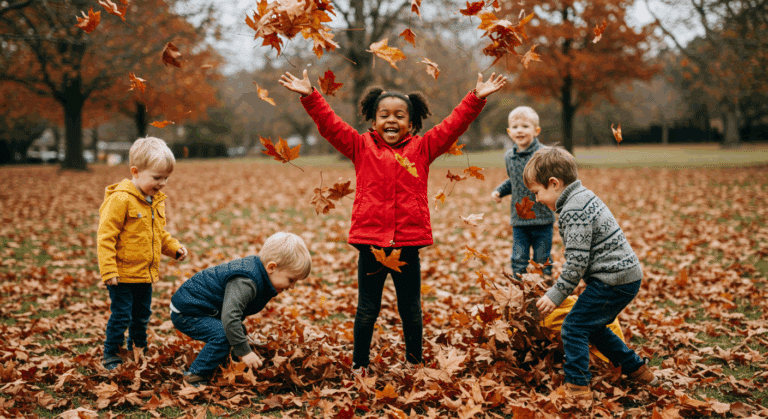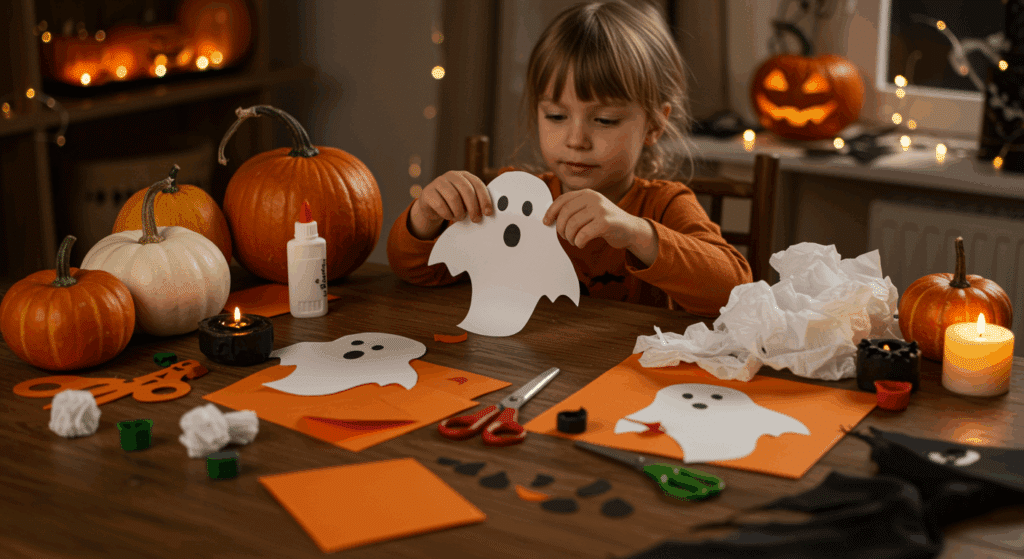Working with speech sounds can feel overwhelming, especially when you’re tackling specific positions like medial consonants.
But here’s the thing: medical terms are everywhere in our daily conversations. From “banana” to “dinner,” these sounds appear frequently, making them ideal opportunities for practice.
Speech therapists know that medial n words offer unique advantages in articulation therapy. They’re easier to hear than final positions, yet more challenging than initial sounds.
Ready to get into why these middle-position sounds matter so much? Let’s find out how it can change your therapy sessions and accelerate progress.
Understanding Medial N Sounds in Speech Therapy
A medial n word contains the /n/ sound right in the middle; think “money,” “tunnel,” or “winner.”
Unlike initial /n/ sounds that start words like “nose,” or final ones ending words like “sun,” it sandwiches that nasal sound between other consonants and vowels.
Speech therapists use phonetic transcription to pinpoint precisely where the /n/ appears.
In “banana” /bəˈnænə/, that medial /n/ sits perfectly between syllables, making it easier to isolate and practice.
It creates coarticulation puzzles. Your tongue has to quickly transition from one sound to /n/, then move again, all while maintaining proper nasal airflow. It’s like vocal gymnastics.
Why Medial N Matter in Speech Development
Those with /n/ sounds tucked in the middle, like “honey,” “planet,” and “women,” play a crucial role in speech development.
They bridge the gap between easier initial sounds and trickier final positions, making them perfect stepping stones for building articulation skills.
Speech therapists rely on it because they’re incredibly versatile.
They enhance phonological awareness, strengthen tongue placement, and are frequently used in everyday conversation. Additionally, kids can hear themselves produce these sounds more clearly than they can final consonants.
Essential Word Lists for Medial N Sound Practice
These carefully curated word lists make medial n sound practice both systematic and engaging.
Organized by difficulty levels and syllable patterns, they provide speech therapists and parents with ready-to-use vocabulary that targets specific therapeutic goals while keeping sessions fresh and motivating.
One-Syllable Medial N Words
For early learners, one-syllable medial /n/ words are crucial for isolating and practicing nasal sounds without overloading working memory.
These are ideal for sound drills and initial auditory discrimination tasks.
1. Bank
2. Blink
3. Bond
4. Clench
5. Dent
6. Tiny
7. Gland
8. Hint
9. Pinch
10. Shrink
Two-Syllable Medial N Words
Two-syllable words with medial n sounds offer the perfect starting point for most children.
These manageable word structures allow kids to focus on tongue placement without getting overwhelmed by complex syllable patterns.
11. Bunny
12. Dinner
13. Sunny
14. Funny
15. Winner
16. Panic
17. Tennis
18. Tunnel
19. Banner
20. Penny
Three-Syllable Medial N Words
Three-syllable words challenge children to maintain accurate /n/ production across longer sequences.
These words build stamina and coordination while preparing kids for the complex speech patterns they’ll encounter in everyday conversation.
21. Animal
22. Mineral
23. Lemonade
24. Cinnamon
25. Dinosaur
26. Magazine
27. Scenario
28. Beginning
29. Jennifer
30. Peninsula
Download Essential Word Lists for Medial N Sound Practice Here
Downloadable Resources to Practice Medial N Sounds
Streamline your therapy planning with ready-made resources designed specifically for medial n sound practice.
These downloadable tools include printable word lists, progress tracking sheets, and engaging activities that save preparation time while maximizing therapeutic impact for both individual and group sessions.
1. Trace and Say Sheets
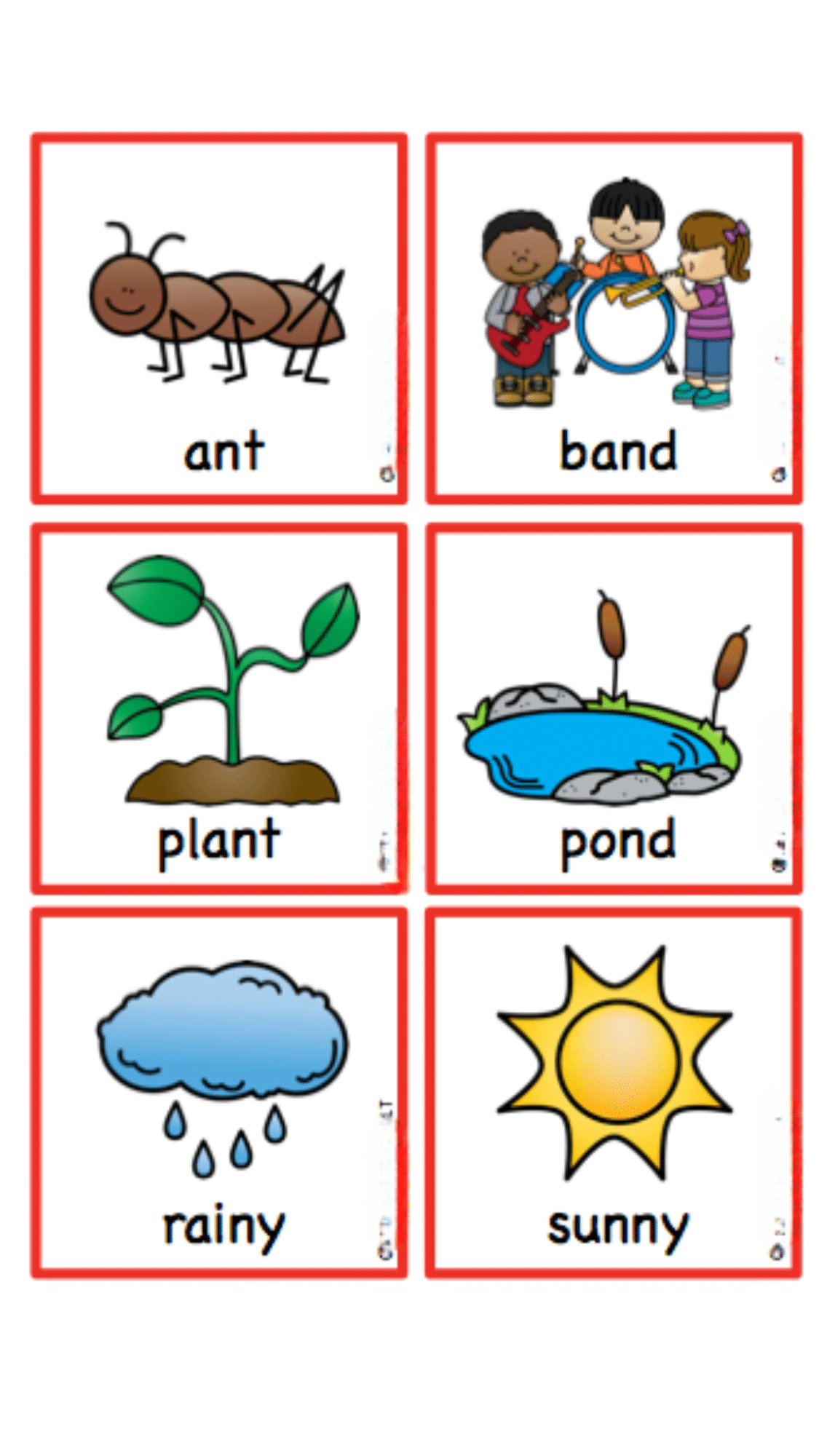
Children trace medial /n/ words in dotted fonts, promoting letter formation and sound articulation.
After tracing, they repeat the word multiple times for oral-motor reinforcement and fluency. Great for independent practice or warm-up drills.
- Skills Targeted: Articulation, handwriting, phoneme repetition
- Materials Needed: Printable tracing sheets, pencils, or markers
Download Trace and Say Sheets Printable Here
2. Color by Sound Pages
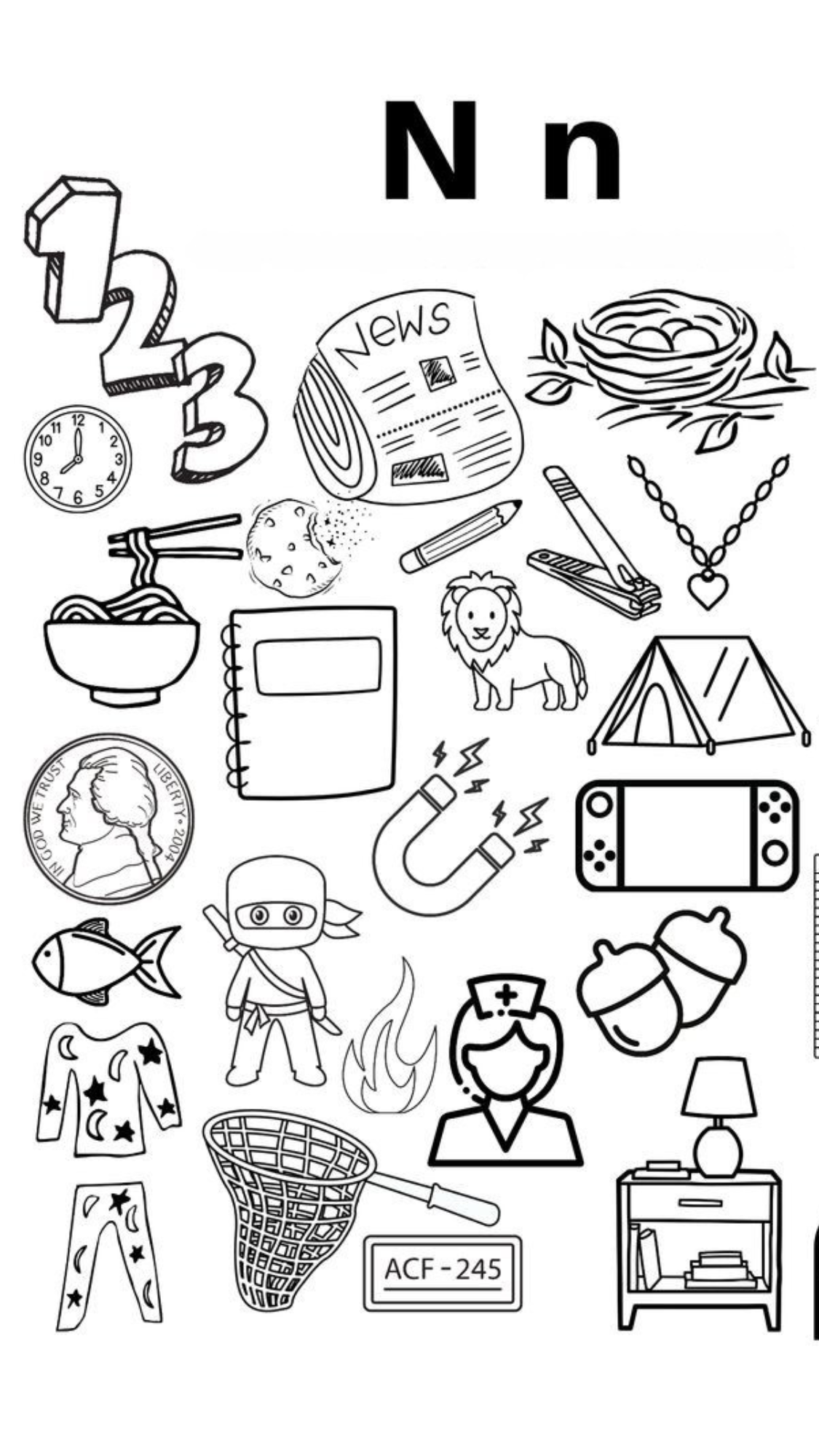
Kids identify and color only the images or words with the medial /n/ sound.
This activity sharpens sound discrimination while integrating creativity. Works well for individual practice or as a group listening game.
- Skills Targeted: Phoneme identification, auditory processing
- Materials Needed: Printable coloring pages, crayons or markers
Download Color-by-Sound Pages Printable Here
3. Medial N Word Maze
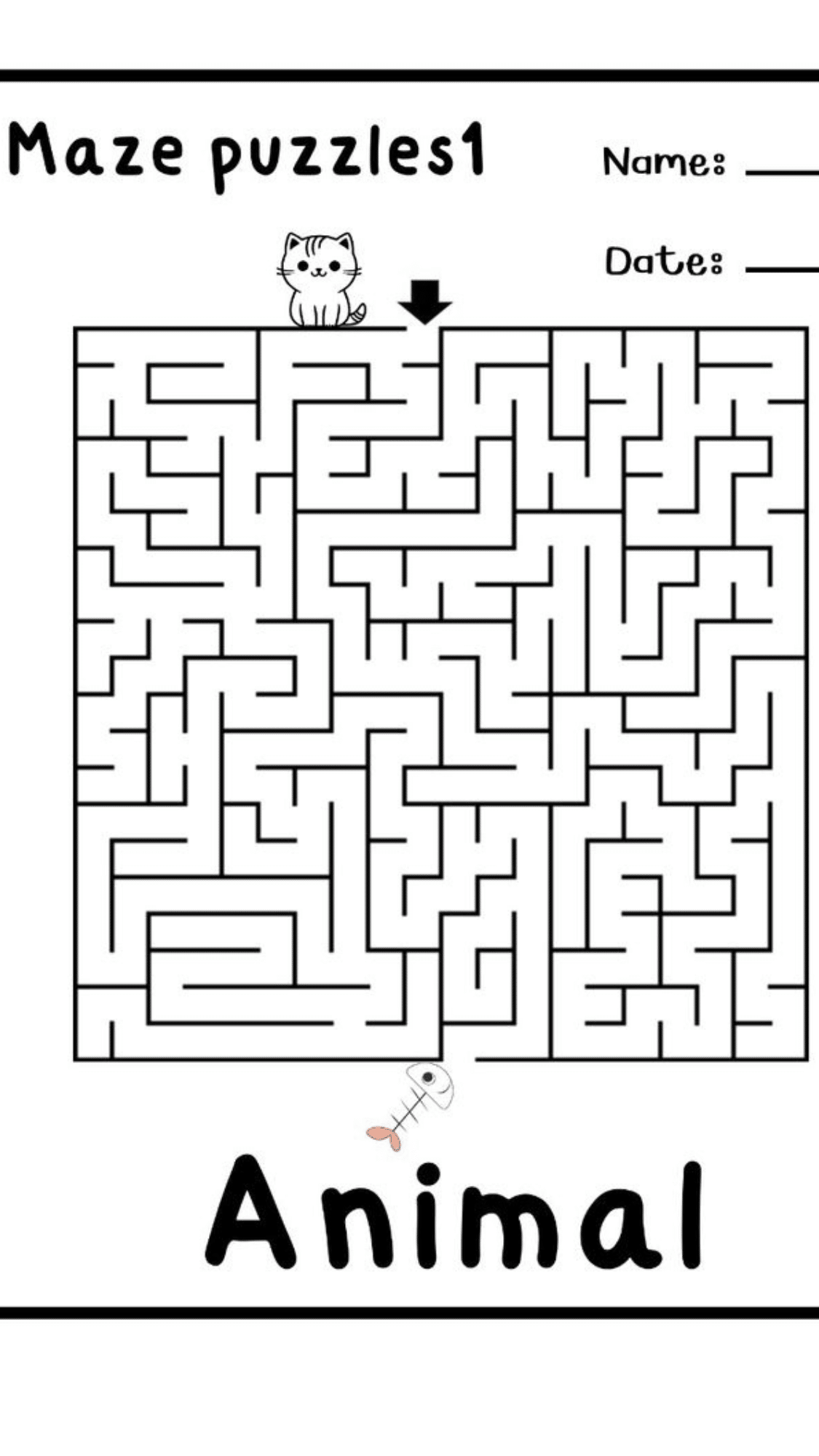
This engaging maze requires kids to find a path by identifying only medial /n/ words.
Each correct step advances them toward the goal, reinforcing sound placement and decision-making skills.
- Skills Targeted: Visual scanning, phoneme isolation
- Materials Needed: Maze printable, pencil or crayon
Download Medial N Word Maze printable Here
4. Picture Match with Medial N Sound
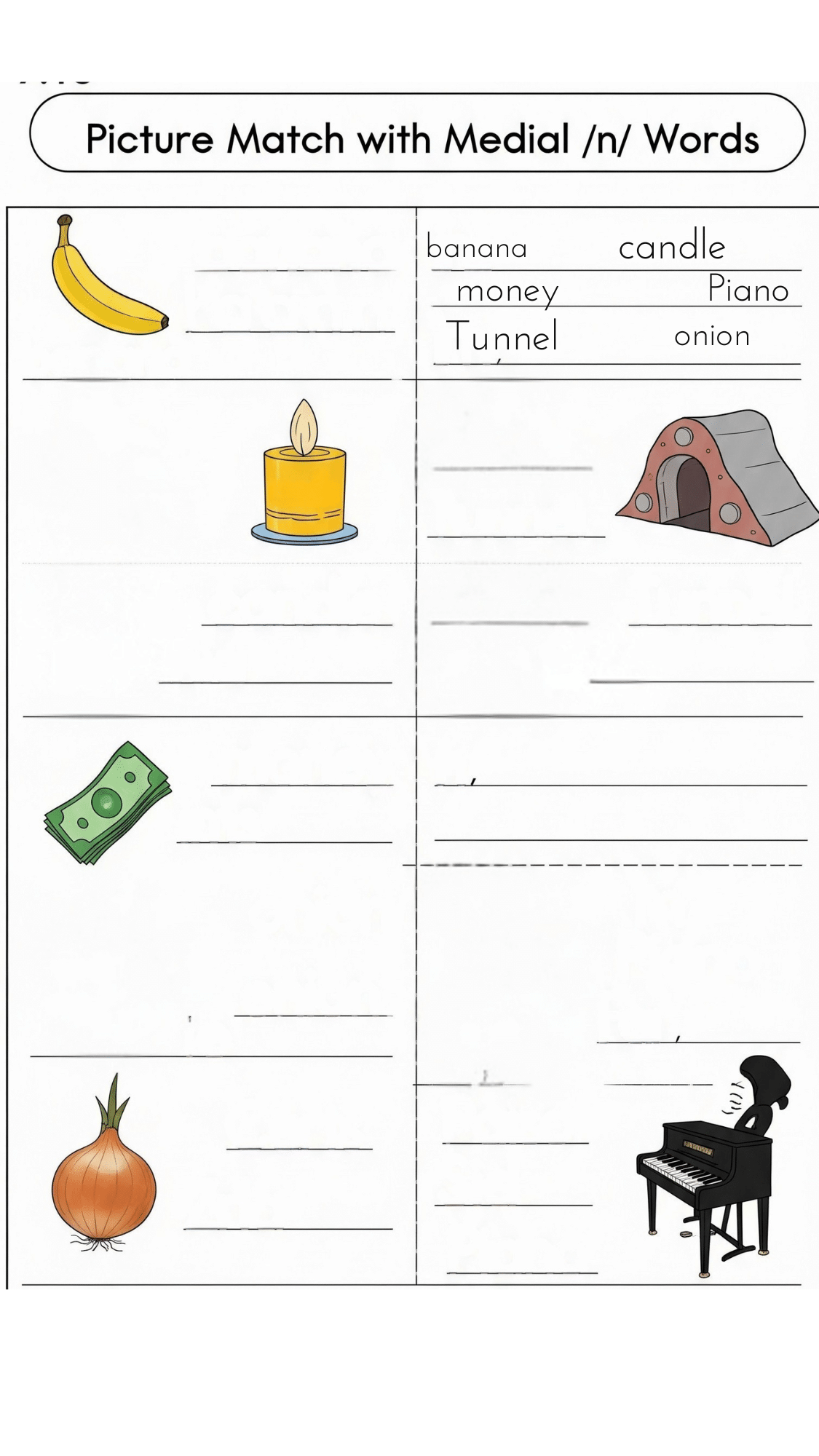
Children draw lines to connect medial /n/ words with matching pictures.
This builds vocabulary, decoding, and sound-picture association. It’s perfect for early readers and articulation practice.
- Skills Targeted: Word-picture recognition, expressive labeling
- Materials Needed: Matching sheets, pencil or crayon
Download Picture Match with Medial N Sound Printable Here
5. Phrase Fill-In Sheets
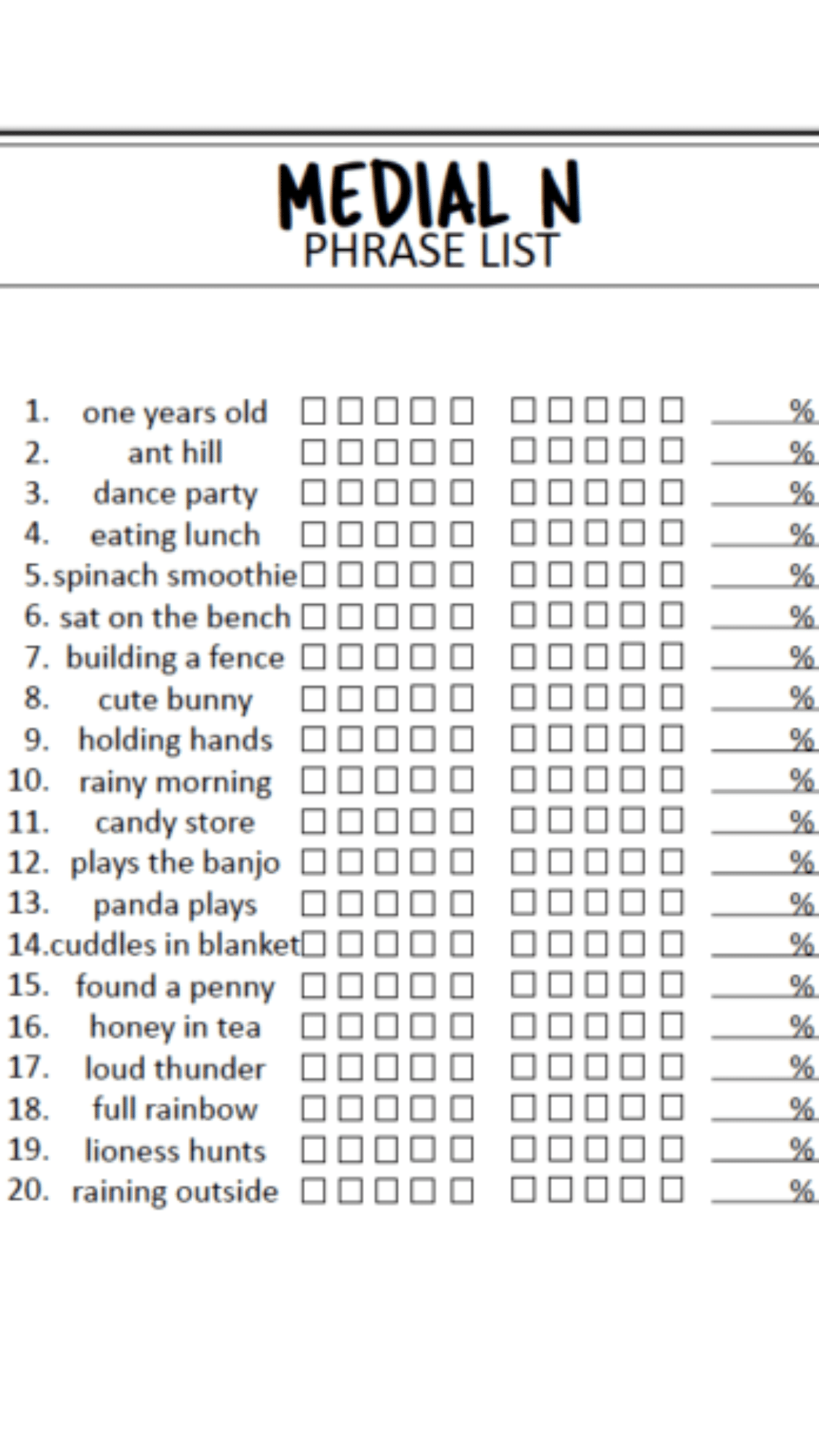
Children complete open-ended sentences with medial /n/ words, then read the full sentence aloud. Reinforces functional word use and sentence-level articulation with light writing.
- Skills Targeted: Sentence formulation, context-based articulation
- Materials Needed: Fill-in-the-blank worksheets, pencils
Download Sentence Fill-In Sheets Printable Here
Tips for Parents and Home Practice
Supporting your child’s speech development at home doesn’t require a degree in speech therapy.
With medial n sound, consistency beats perfection every time. Simple daily activities can reinforce what happens in therapy sessions and naturally accelerate progress.
- Make it routine, not formal: Practice during car rides, bath time, or while cooking dinner. Say “banana” while making smoothies, or count “pennies” during piggy bank time.
- Slow down and exaggerate: Draw out that middle /n/ sound so your child can hear and feel it. “Mon-n-n-ey” works better than rushing through “money.”
- Use visual cues: Point to your nose when making /n/ sounds, or use hand gestures to show where the sound “lives” in the word.
- Turn mistakes into games: If they say “ba-a-na,” laugh and say “Silly banana lost its /n/! Let’s help it find the sound.”
- Celebrate small wins: High-five every clear /n/n/sound, even if the rest of the word isn’t perfect yet.
- Keep sessions short: Five focused minutes are better than twenty frustrated ones. Stop while they’re still engaged and successful.
Conclusion
Mastering medial n words takes patience, practice, and the right approach. These middle-position sounds aren’t just speech therapy targets; they’re building blocks for confident communication.
When children successfully search words like “dinner,” “bunny,” and “tennis,” they’re developing skills that transfer to countless other sounds and syllables.
If you’re a speech therapist designing sessions or a parent supporting home practice, it offer endless opportunities for meaningful progress.
Start small, stay consistent, and watch those communication skills flourish naturally.


